Logiball Inc. News
Lateral Connection Sealing: What’s The Stuff On the Inside of The Pipe?
Chemical grout is pumped into the soil via “packers” which are positioned inside the pipe, forming a water tight seal around the pipe and/or connection.
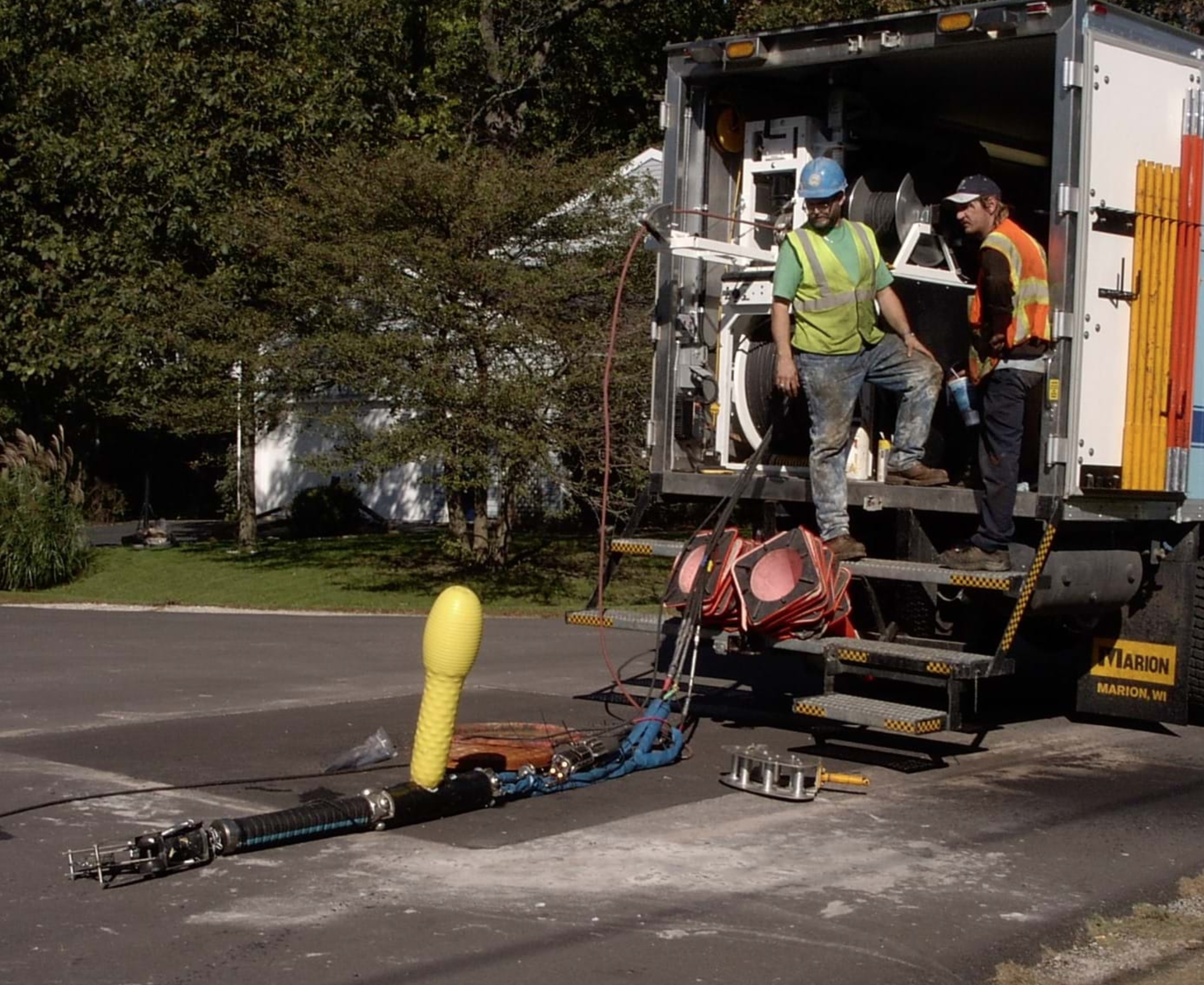
The sealing of sewer lateral connections (aka “services”) with chemical grout continues to gain popularity across the country. This is especially true on pipe lining projects where owners and engineers have recognized the fact that robotically reinstated connections are not water tight and thus need to be sealed. Unfortunately, with this rapid interest and growth come some misconceptions regarding this process, specifically the concept of residual grout.
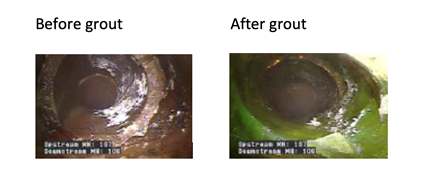
Chemical Grout
Chemical grout is a time-tested, proven material for sealing pipe joints and lateral connections. It is pumped into the soil through open/leaking joints via “packers” which are positioned inside the pipe, forming a water tight seal around the pipe and/or connection. Once the process is completed, some grout is typically left on the inside of the pipe. In order to effectively seal a specific length up in the lateral and fill any voids that have been created outside of any pipe defects, the chemical grout needs to travel along the lateral bladder and the lateral host pipe to access these defects along that specific distance. This leftover grout is referred to as “residual grout”. It is critical to recognize that this residual grout is not the material which is forming the seal. It is the grout which was pumped into the surrounding soil which is actually doing the work.
Residual Grout
Residual grout is simply left-over material which was trapped in the packer void space—the area between the packer bladder and the pipe wall. The amount of residual grout will vary depending on the size and configuration of the connection. For instance,
a 6” manufactured wye connection with a 4” lateral pipe will result in a large void space and thus more residual grout. Additionally, as we all know, TV cameras tend to make things appear larger than they actually are, so don’t be alarmed when reviewing your final inspection videos. You can rest assured that the residual grout from a properly sealed lateral connection will not affect any sewer functions. Over time this residual grout will simply detach from the pipe wall and be carried away by the natural sewer flow and poses no threat for a blockage.
Misconceptions
On a final note, there also tends to be misconceptions regarding the need for lateral cleaning prior to lateral connection sealing. Not all laterals need to be cleaned prior to sealing. The lateral does not need to be spotless (light roots are just fine). It just needs to be sufficiently clean to allow proper positioning and seating of the lateral connection packer. It should be noted, however, that the lateral cleaning procedure is different than mainline sewer cleaning and should be clearly identified in the project specifications.
Simply including lateral cleaning in the mainline cleaning and televising section of the project specifications will likely result in a dispute or extra work order request by the contractor. Thus, the specifying engineer should consider providing a pay item for “lateral cleaning from the mainline sewer” within the specification for lateral connection sealing with chemical grout. By providing such an item, the owner gets the benefits of an increase in the number of connections sealed while only paying for the lateral cleaning when it is required. It also provides a method and payment, on the rare occasion an owner desires to remove residual grout from a lateral after sealing.
Learn More
The ICGA (Infiltration Control Grouting Association) website (www.sewergrouting.com) is a great source for educational materials and answers to these and other chemical grouting questions or concerns.
For more information call 1-800-246-5988 or email info@logiball.com
Download PDF




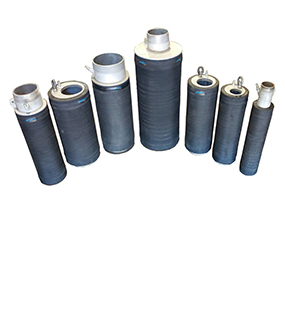
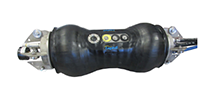
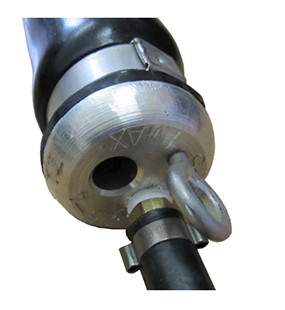
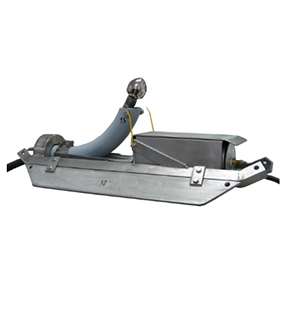
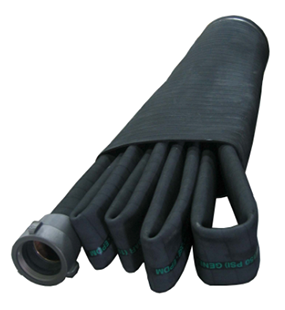


 Follow us on LinkedIn
Follow us on LinkedIn Follow us on YouTube
Follow us on YouTube